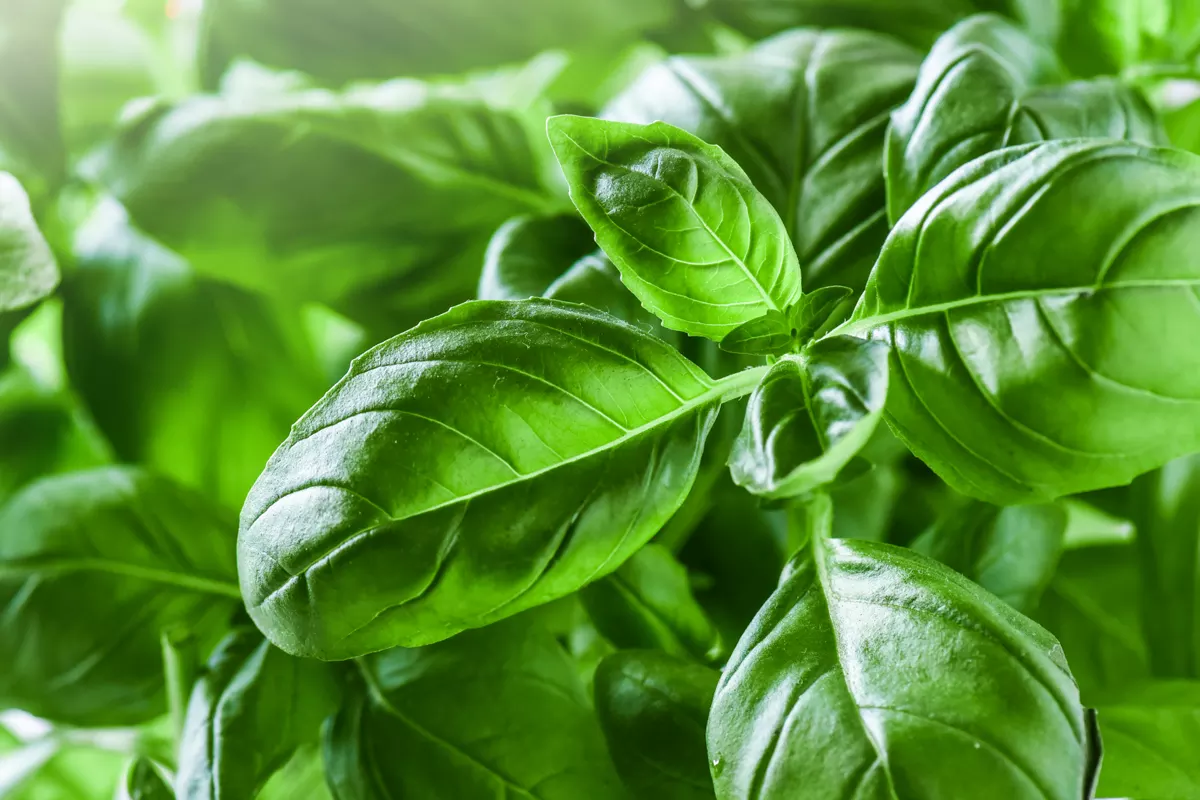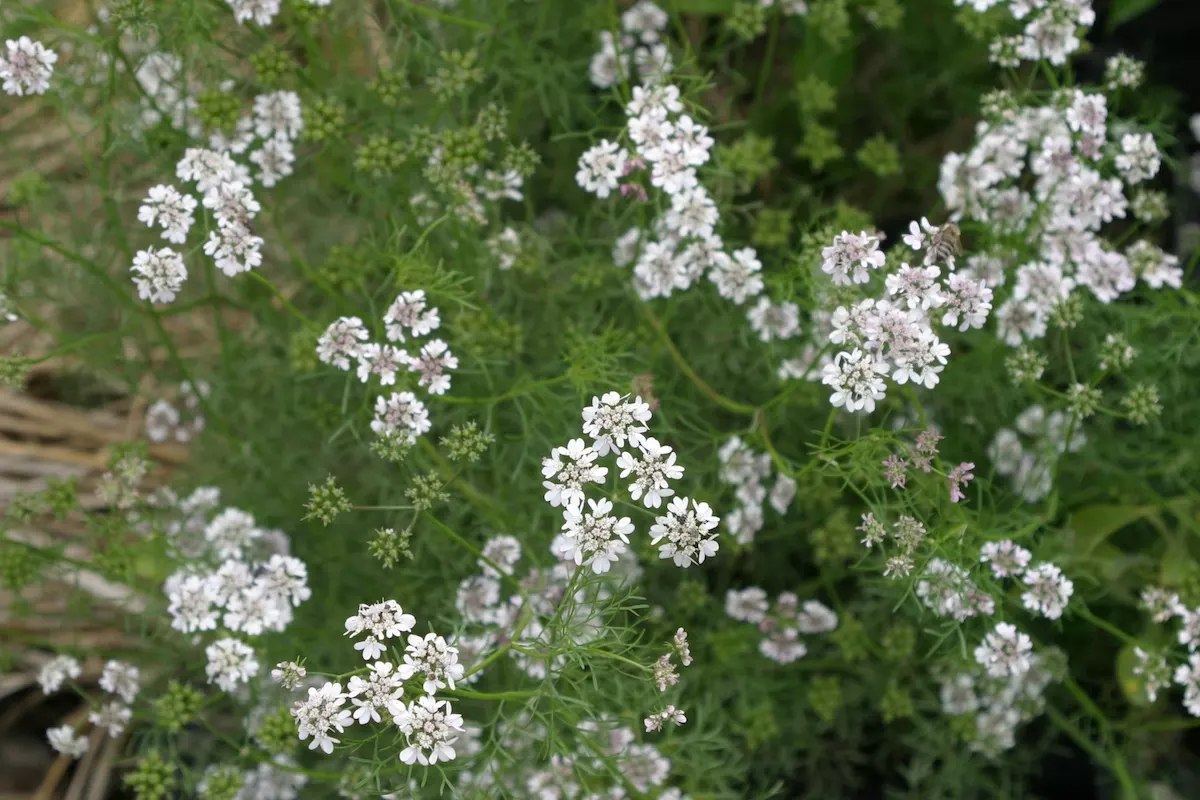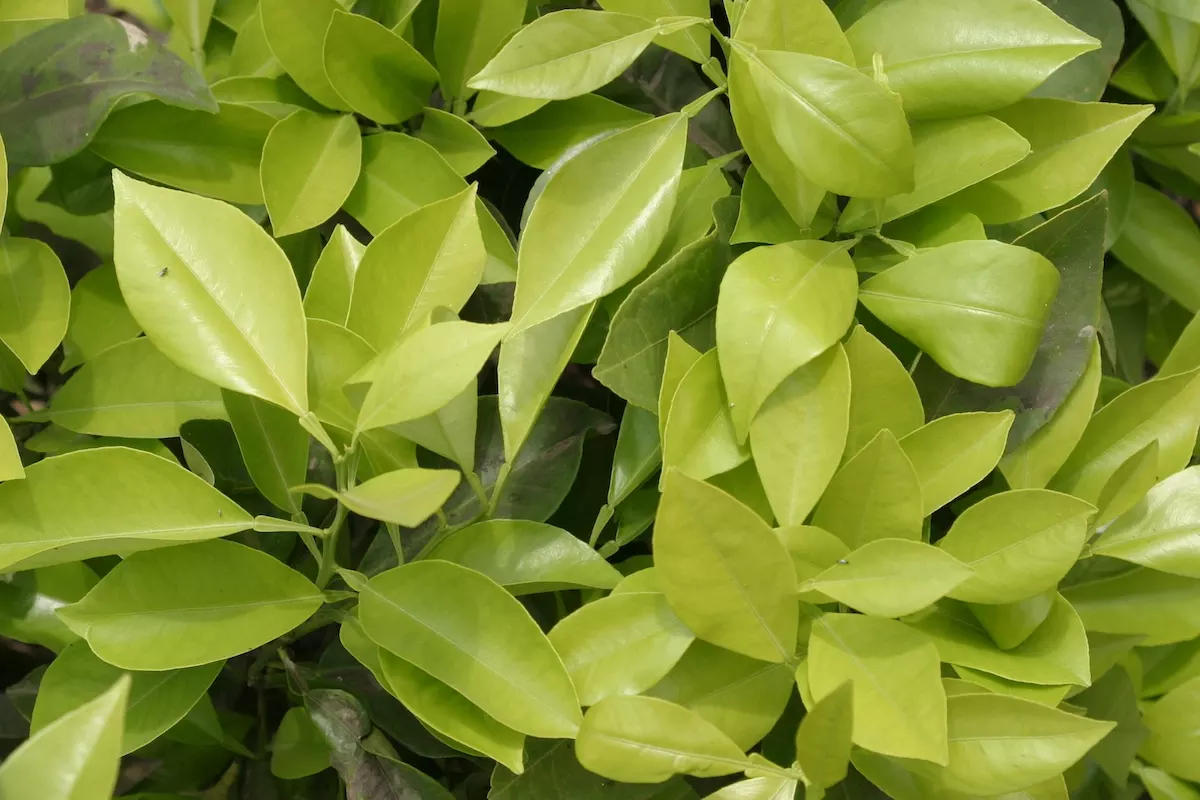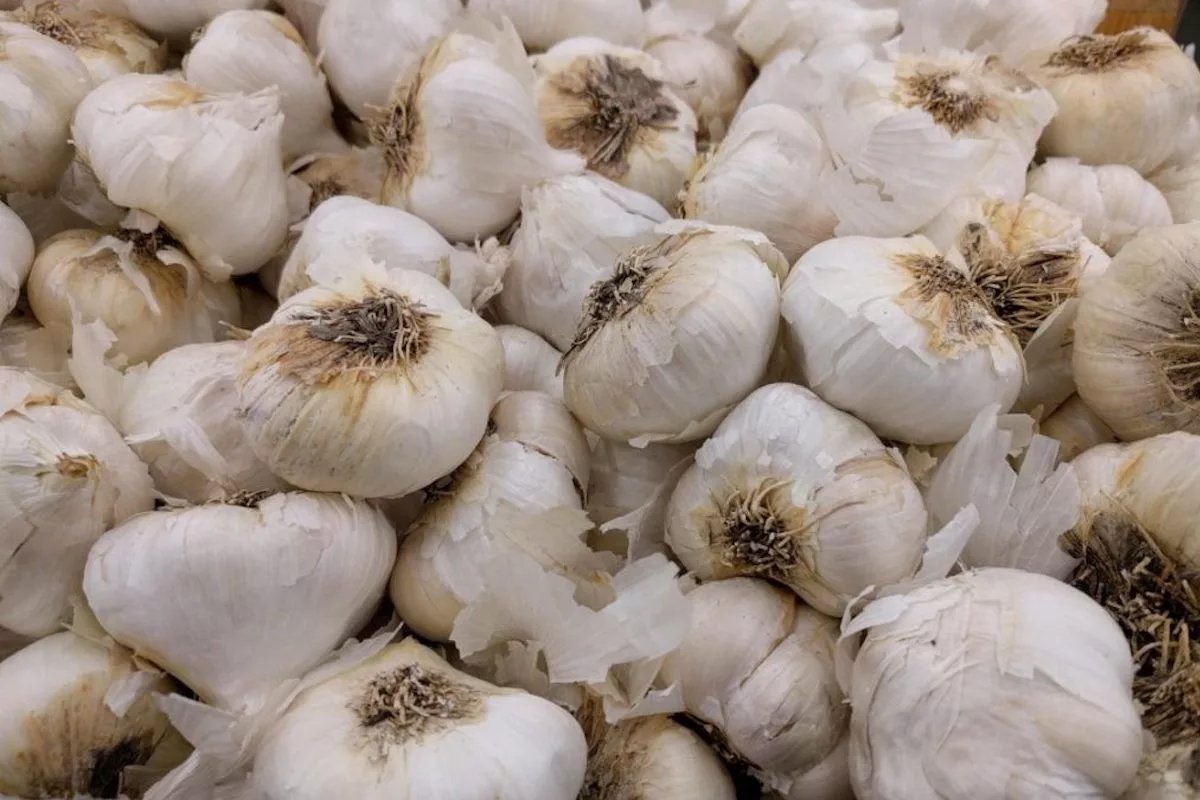
Sweet Marjoram oil
January 5, 2021
Neroli oil
January 3, 2021
Sweet Basil oil

Production Method
The oil is produced by steam distillation of the fresh, blossoming, whole aerial parts of the plant. A hydrolate is available. An absolute from the hydrolate is also available upon request. A concrete and absolute are produced by solvent extraction of the same raw metrial. Wax is a by-product of the absolute production.
Uses
In Perfumery, “Its sweet-spicy, slightly green, fresh, with a faint balsamic-woody undertone and a lasting sweetness […] make it a classic material in the « Origan » type perfumes, but also in Chypres, crêpe de Chine and certain modern-aldehydic and « green » perfume types. The oil can introduce very interesting notes. It blends well with opopanax, bergamot, clary sage, lime oil, [oakmoss, citronella, geranium, hyssop and other green notes].” (Arctander, S., “Perfume and Flavor Materials of Natural Origin”, (1960). In Flavors, Sweet Basil oil finds some application in “Chartreuse” type liqueurs, in high-priced culinary seasonings, meat sauces, etc.” (Arctander, S., “Perfume and Flavor Materials of Natural Origin”, (1960). It can also “be useful […] in a wide range of natural flavors, especially berry flavors.” Wright, J. “Flavor Creation” (2004). In Aromatherapy, Sweet basil does not present the toxicity problems of Tropical Basil (Methyl-Chavicol type) especially when a source with less than 3% MC levels, or lower yet — as we are able to supply — is available. The oil is a powerful “anti-spasmodic, anti-infectious, [also used against] infectious enterocolitis with no known contra-indications.” (Franchomme, P.; Jollois, R.; Pénoël, D. “L’Aromathérapie Exactement” (2001). Its close relative Tropical Basil (Methyl-Chavicol type) is “moderately toxic, irritating to the skin and may be carcinogenic.” (Lawless, J, “The Illustrated Encyclopedia of Essential Oils : The Complete Guide to the Use of Oils in Aromatherapy & Herbalism” (1995). “The Methyl-Chavicol content of [Tropical] Basil is sufficient reason to discard it for therapeutic usage in favor of the [Sweet] type.” (Tisserand, R., “The Essential Oil Safety Data Manual” (1985).
Botanical Origin & Historiography
Basil is native to tropical regions from central Africa to Southeast Asia. Mediterranean cultivars have been naturalized since time immemorial in Southern Europe and Northern Africa. It is widely planted in Egypt. The name "basil" comes from Latin basilius, and Greek βασιλικόν φυτόν (basilikón phutón) meaning "royal/kingly plant" with reference to the Basileus, the title worn by Byzantine Emperors. There are many rituals and beliefs associated with basil. The French sometimes call basil "l'herbe royale" ("the royal herb"). Basil has religious significance in the Greek Orthodox Church, where it is used to sprinkle holy water. The Bulgarian, Serbian, Macedonian, and Romanian Orthodox Churches use basil to prepare holy water and pots of basil are often placed below church altars. The ancient Egyptians believed it would open the gates of heaven for a person passing on thus allowing him to proceed onto the “next life”.



